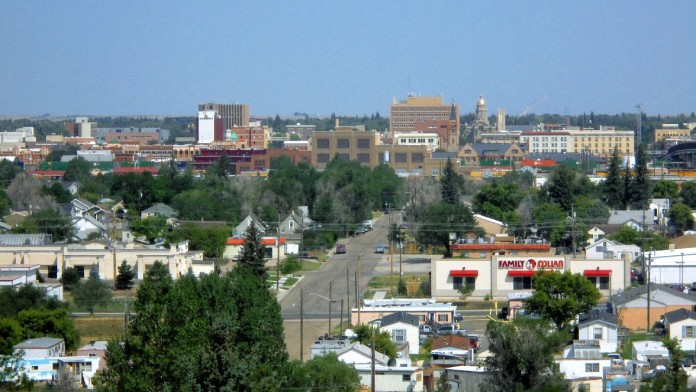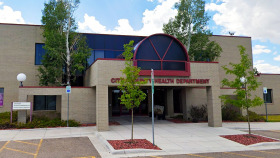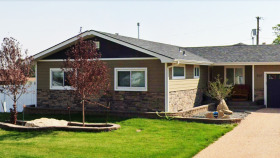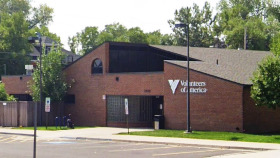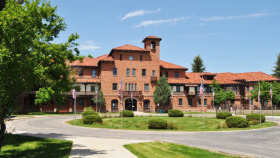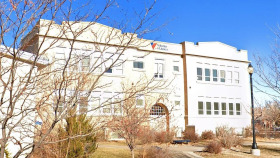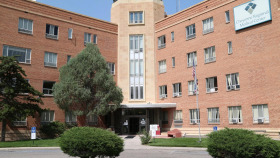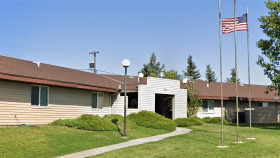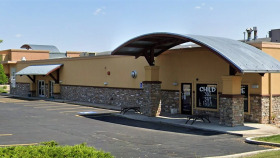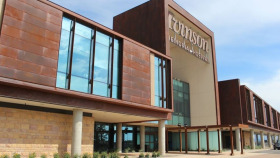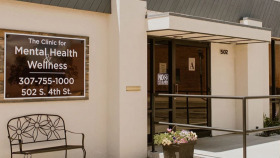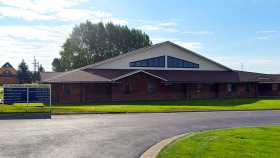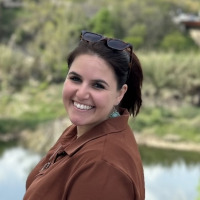Drug and Alcohol Statistics in Cheyenne
Alcohol and drug poisoning and overdose can lead to death, and in Laramie County, fatal and nonfatal overdoses occur, especially when fentanyl is involved. Below are the rates per 100,000 residents in the county:
261 marijuana-involved arrests
273 methamphetamine-involved arrests
Alcohol and drug misuse occurs among teens and adults, and the consequences can be fatal. Below are the related statistics:3
33.3% of vehicle-related deaths involve alcohol
15.2% of adults binge drink
23.5% of teens binge drink
How to Pay for Addiction Treatment in Cheyenne, Wyoming
Private Insurance
The Mental Health Parity and Addiction Equity Act requires all insurance companies to cover substance misuse treatment to some extent. However, each plan differs, so Wyoming residents must contact their provider to confirm specific coverage under their plan.
Wyoming Medicaid
Wyoming Medicaid is a joint state and federal government program that provides coverage for medical care for low-income Wyoming residents. This includes some drug and alcohol treatment services. To qualify, Wyoming residents must provide proof of residency and meet income requirements. Additionally, to use Medicaid coverage for treatment, the rehab center must accept Medicaid as a form of payment.
Wyoming Medicare
Medicare is a federal government health insurance program that provides coverage for Americans aged 65 and older, as well as individuals with certain disabilities. Some forms of addiction treatment are covered under various Medicare plans. Not all rehab facilities accept Medicare, so it’s important to confirm accepted methods of payment before enrolling in a program.
TRICARE in Wyoming
TRICARE in Wyoming (West region) provides health insurance coverage for U.S. veterans, military personnel, and their dependents. This coverage includes addiction treatment services.
Sliding Scale Rehabs
A majority of Wyoming’s rehab centers offer treatment services on a sliding-fee scale.6 This means you pay what you can afford based on your income. To qualify, you must provide proof of income.
IHS-Funded Drug Rehabs
The Indian Health Service (IHS) is a government health program that provides low-cost or free SUD treatment services for Native Americans and Native Alaskans.
Quality, accredited drug and alcohol rehabs in Laramie County are taking action by offering free and low-cost detox, inpatient, and outpatient treatment to those who need it.
Resources
- Wyoming Prevention Depot. 2022. Prescription Drug Abuse Toolkit County Profiles: Laramie County.
- Wyoming Department of Health. 2021. Drug Overdose Dashboard.
- Wyoming Prevention Depot. 2022. Substance Abuse Data Profiles View County Data.
- Laramie County Health Matters. 2022. Health / Alcohol and Drug Use.
- Visit Cheyenne. 2022. Welcome to Cheyenne, Wyoming.

